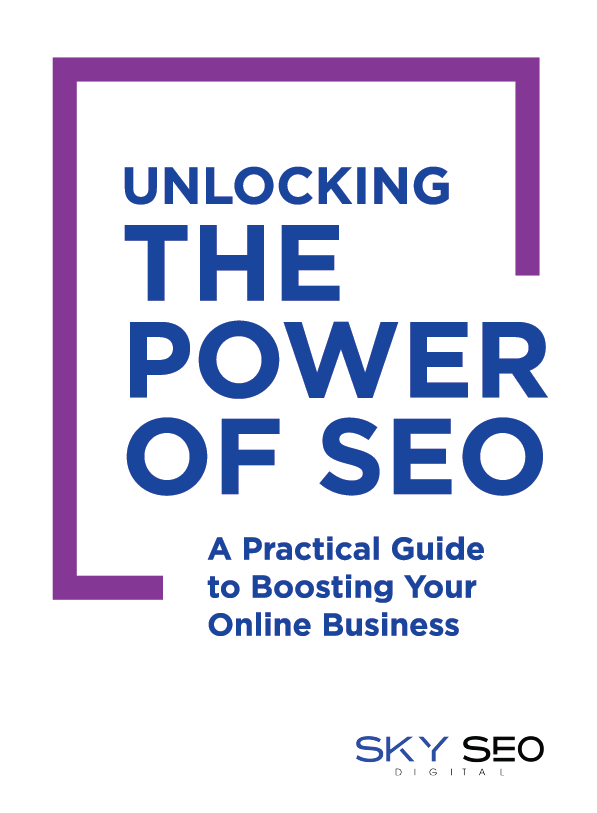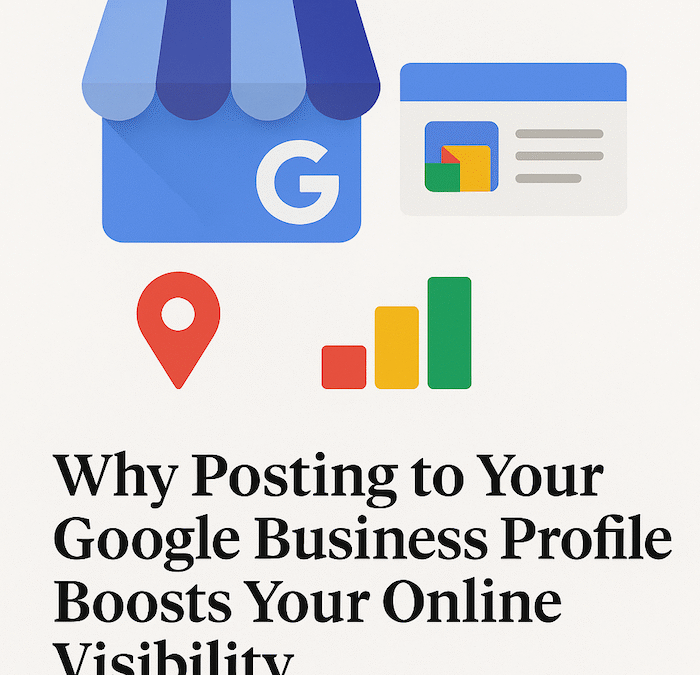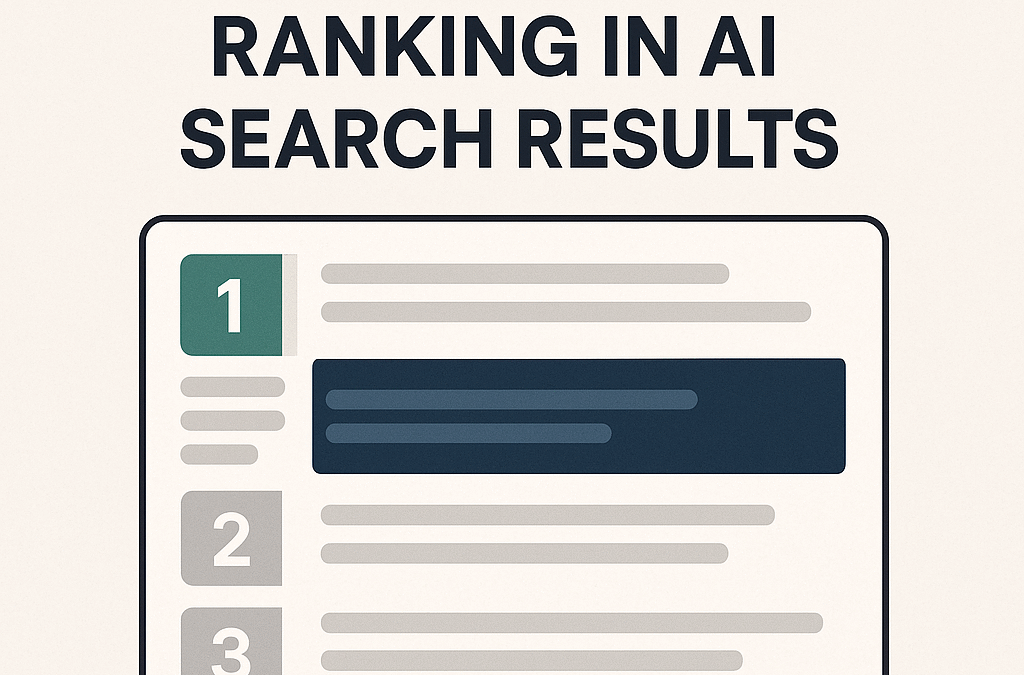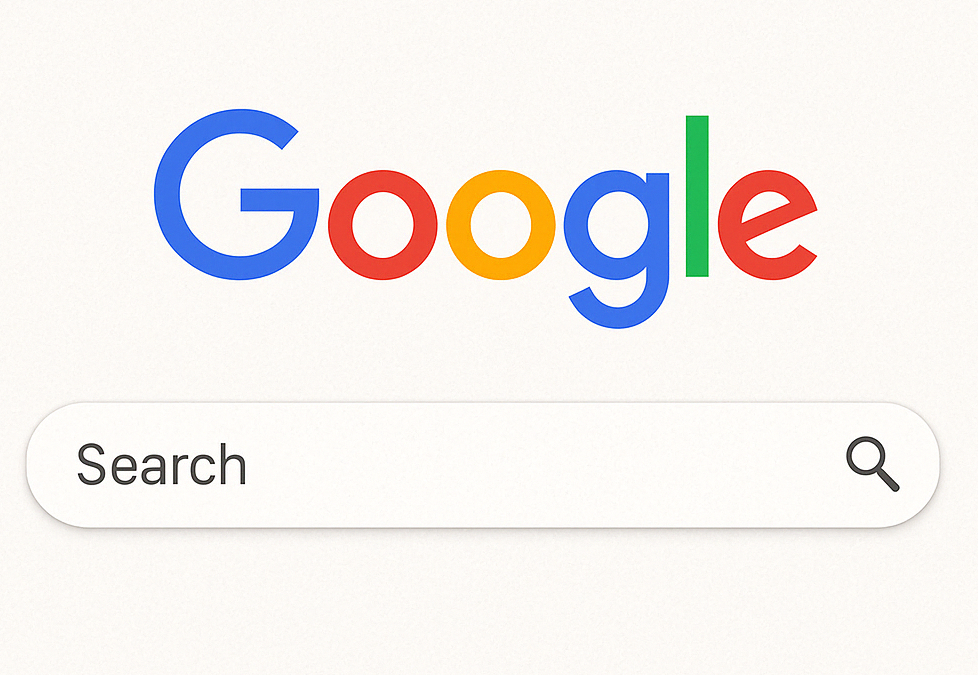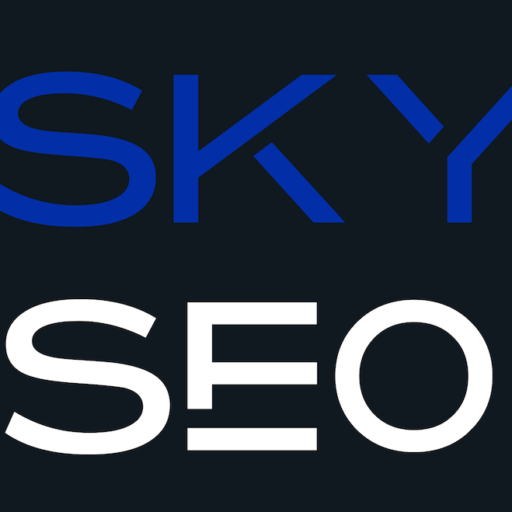Google’s Whisk is an innovative AI tool that enables users to generate images by using other images as prompts, eliminating the need for detailed text descriptions. By uploading images to define the subject, scene, and style, users can create unique visuals through a process of remixing and experimentation. This approach offers a fast and intuitive method for visual ideation, making it accessible to a wide range of users. (blog.google)
How Whisk Works
Whisk operates by allowing users to input images corresponding to three main components:
Subject: The central focus of the image, such as a person, object, or animal.
Scene: The background or environment where the subject is placed.
Style: The artistic aesthetic or visual style applied to the image.
Users can upload their own images or select from AI-generated suggestions provided by Whisk. Once the images are selected, Whisk utilizes Google’s Gemini AI to automatically generate detailed captions for each image. These captions are then processed by Imagen 3, Google’s latest image generation model, to create a new image that captures the essence of the inputs.
Comparison to DALL-E
While both Whisk and OpenAI’s DALL-E are AI-driven image generation tools, they differ in their approach to user input. DALL-E primarily relies on text prompts to generate images, requiring users to describe in detail what they envision. In contrast, Whisk emphasizes visual inputs, allowing users to upload images to guide the generation process. This method reduces the reliance on crafting precise text prompts and offers a more intuitive way to explore creative ideas.
Applications in Marketing
Whisk presents several valuable applications in the field of marketing:
Rapid Prototyping: Marketers can quickly generate visual concepts by combining different subjects, scenes, and styles, facilitating efficient brainstorming sessions.
Content Creation: The tool enables the creation of unique images tailored to specific campaigns, enhancing visual storytelling and engagement.
Brand Visualization: By experimenting with various styles and settings, marketers can visualize how products or brand elements might appear in different contexts, aiding in decision-making processes.
For professionals in industries such as game design, advertising, and digital marketing, Whisk serves as a rapid prototyping tool, enabling swift visualization of concepts and ideas. (1950.ai)
Limitations and Considerations
While Whisk offers a novel approach to image generation, it’s important to note that the tool captures the essence of the input images rather than creating exact replicas. As a result, the generated images might differ from the original inputs in aspects such as proportions, colors, or specific details. Users seeking precise control over the final output may need to experiment with different input combinations or make manual adjustments to achieve the desired result.
Significant Advancement for AI Images
Google’s Whisk represents a significant advancement in AI-driven image generation, offering a user-friendly platform for creative exploration. By leveraging visual inputs instead of text prompts, Whisk simplifies the ideation process, making it accessible to users across various industries, including marketing, design, and content creation. As AI technology continues to evolve, tools like Whisk pave the way for more intuitive and efficient creative workflows.
FAQs About Google Whisk
What is Google Whisk?
Google Whisk is an AI-powered image generation tool that allows users to create visuals by using other images as prompts instead of text descriptions.
How does Whisk differ from DALL-E?
Unlike DALL-E, which relies on text prompts to generate images, Whisk uses uploaded images to define the subject, scene, and style, making the process more intuitive.
Can I use my own images with Whisk?
Yes, users can upload their own images to guide the generation process, or they can select from AI-generated suggestions provided by Whisk.
What industries can benefit from Whisk?
Whisk is useful in marketing, advertising, game design, and digital content creation, allowing professionals to quickly generate visuals for campaigns and projects.
Does Whisk produce exact copies of input images?
No, Whisk captures the essence of the input images rather than creating exact replicas. Some details, proportions, or colors may differ in the final output.
Is Whisk free to use?
Google has not yet specified whether Whisk will be free or require a subscription, as it is currently in its experimental phase.
Can Whisk generate commercial-use images?
While Whisk-generated images can be used for various purposes, it’s important to check Google’s licensing and usage guidelines before using them commercially.
Note: The image accompanying this article was generated using Google’s Whisk tool, demonstrating its capability to blend subject, scene, and style into a cohesive visual.


